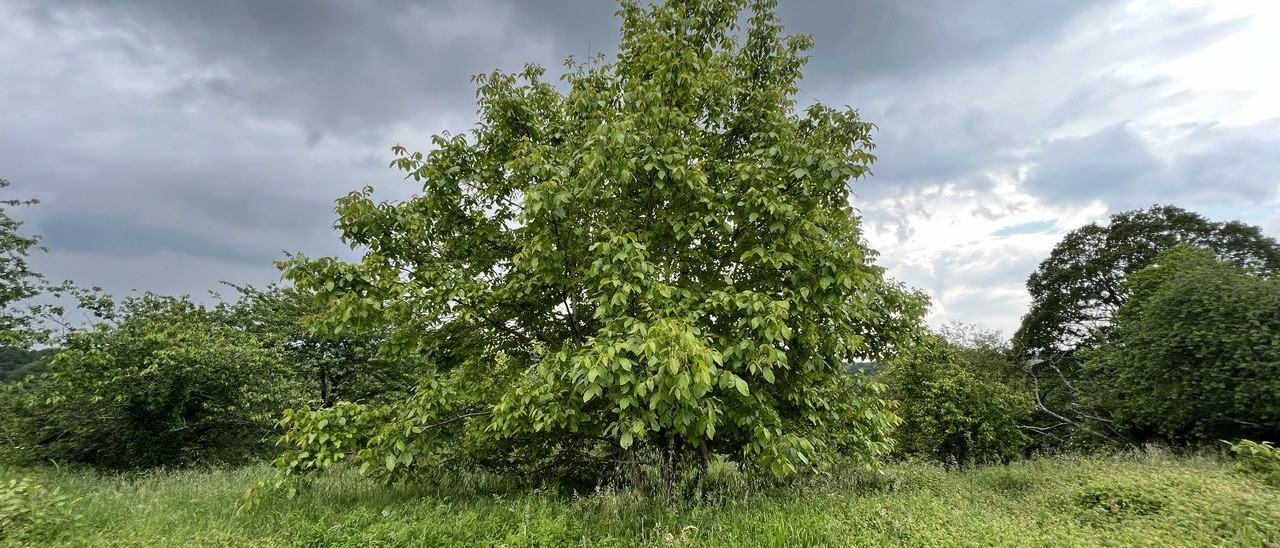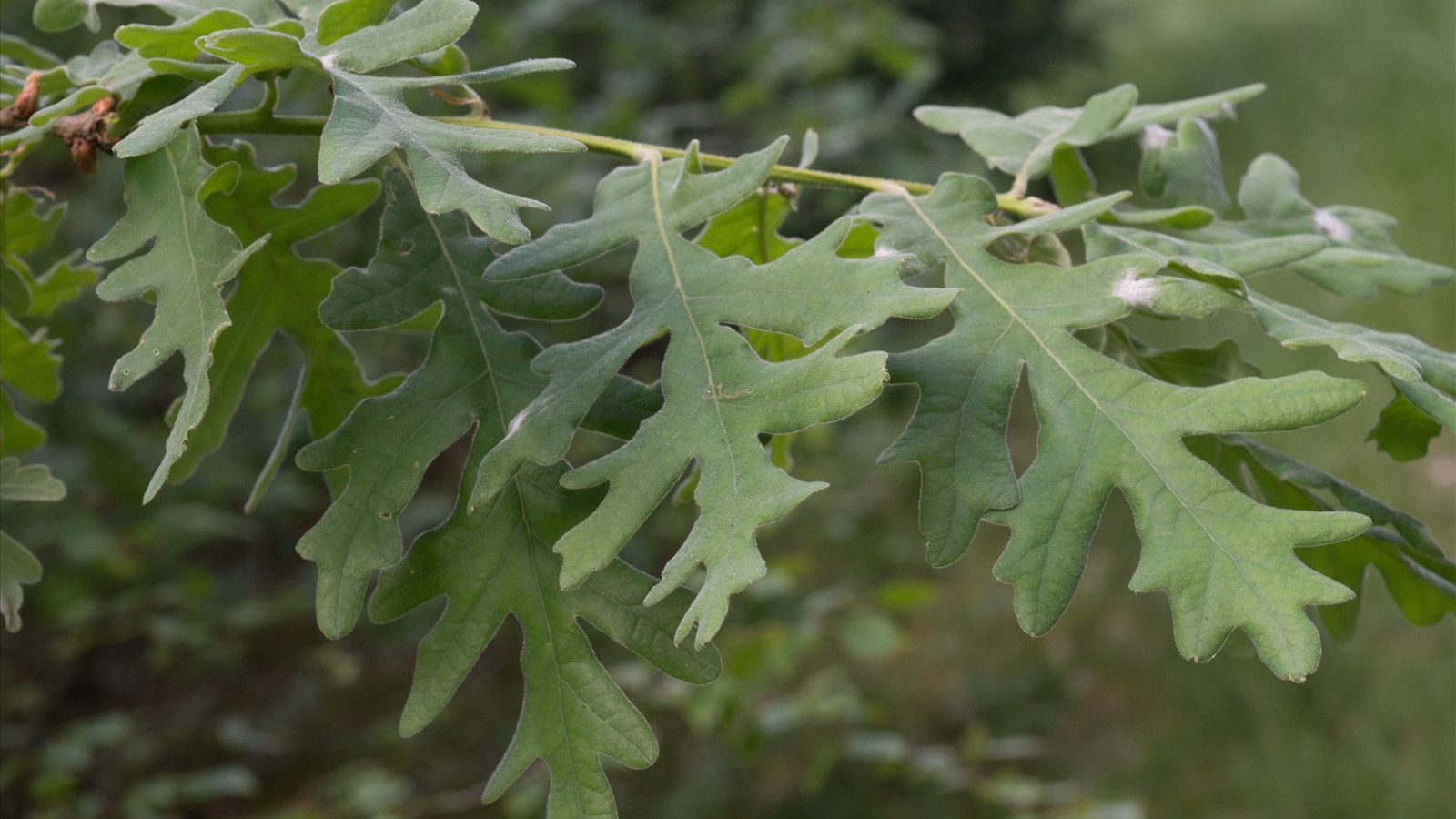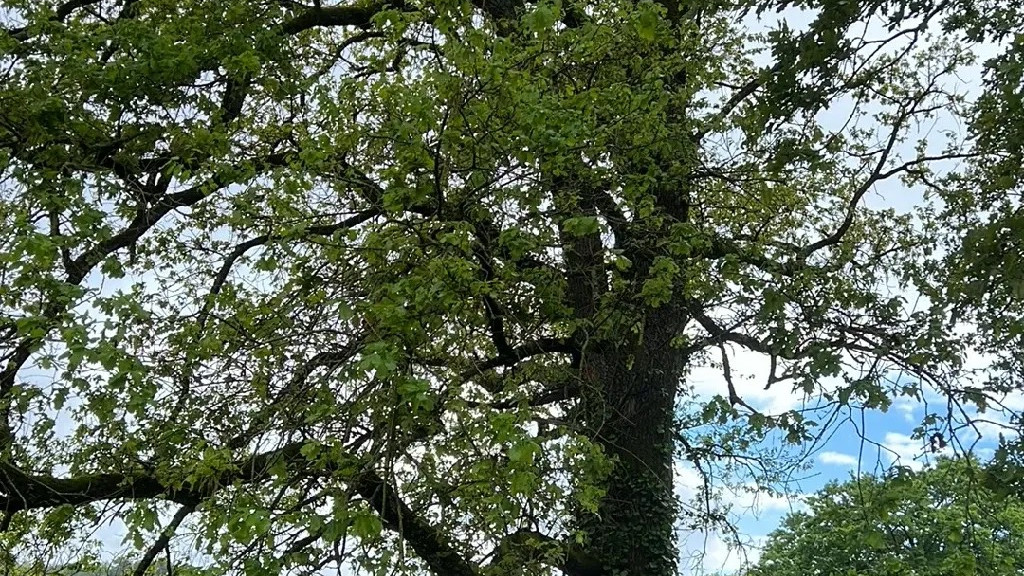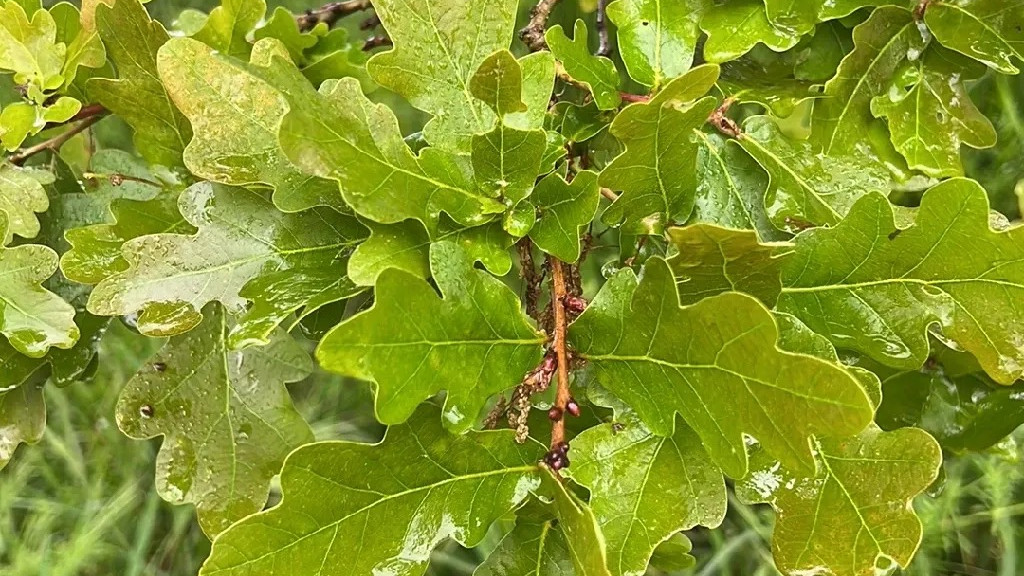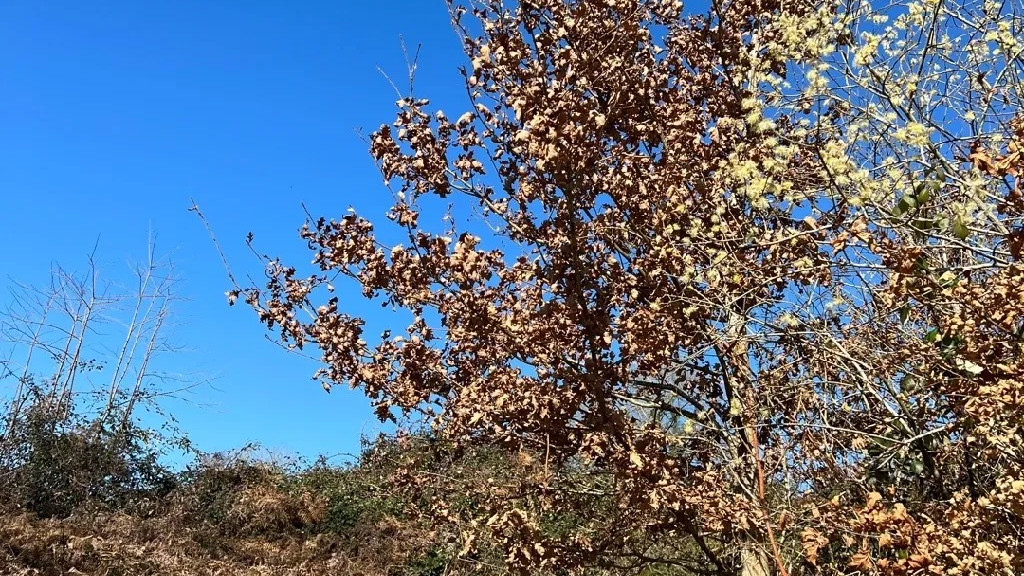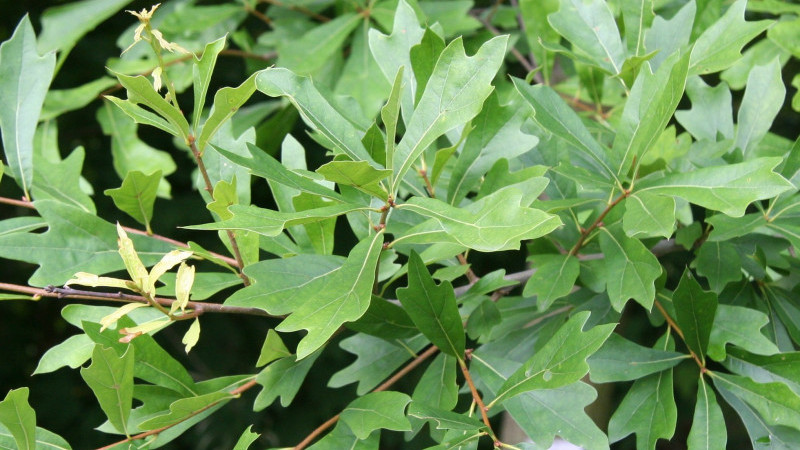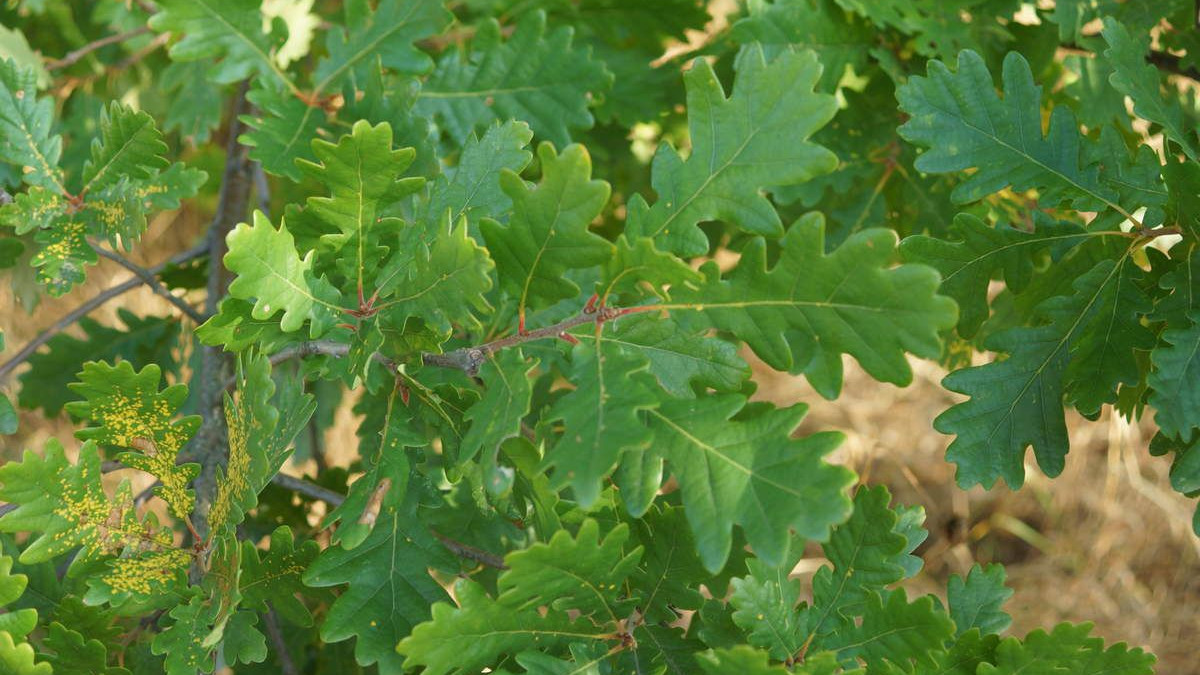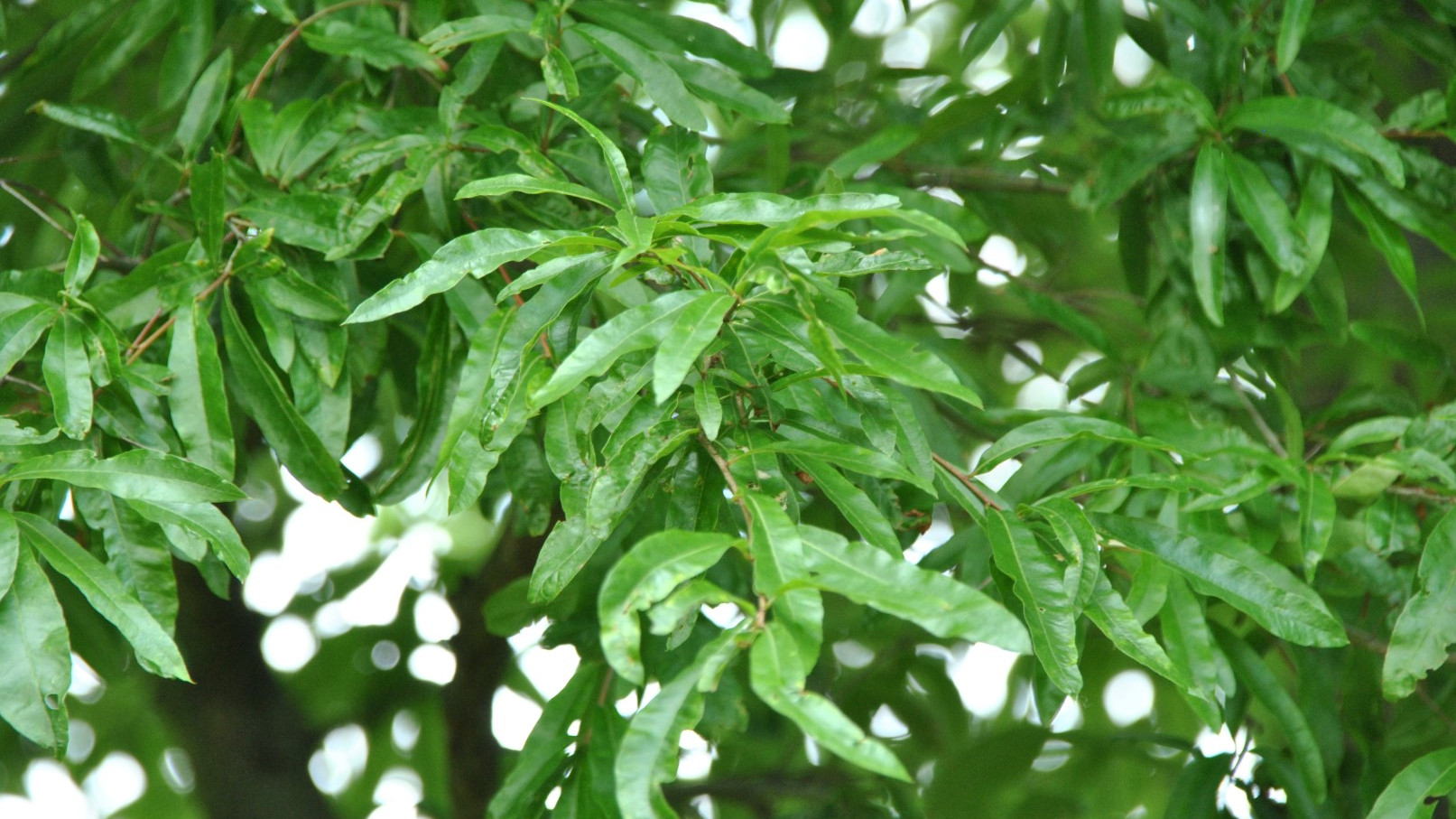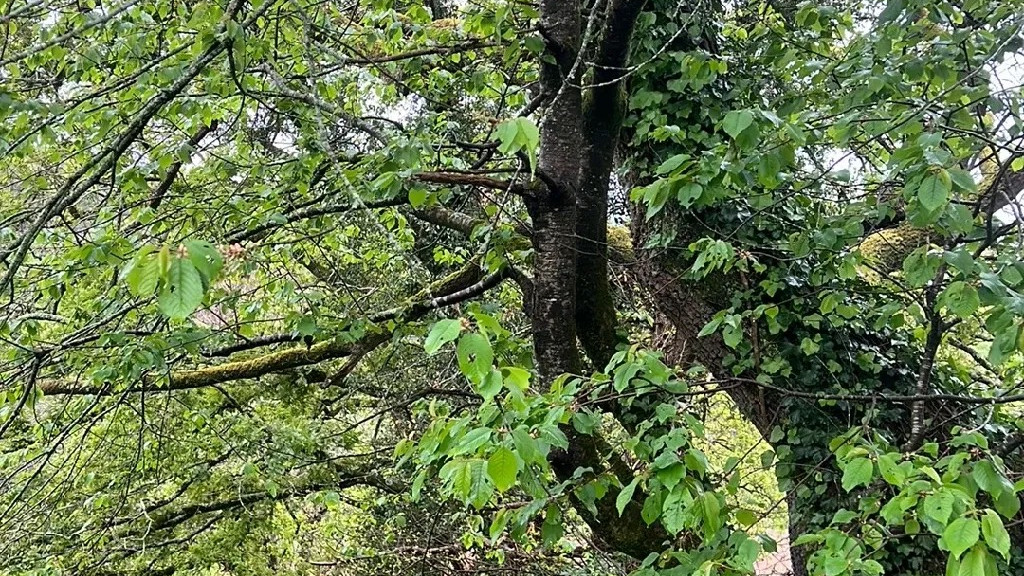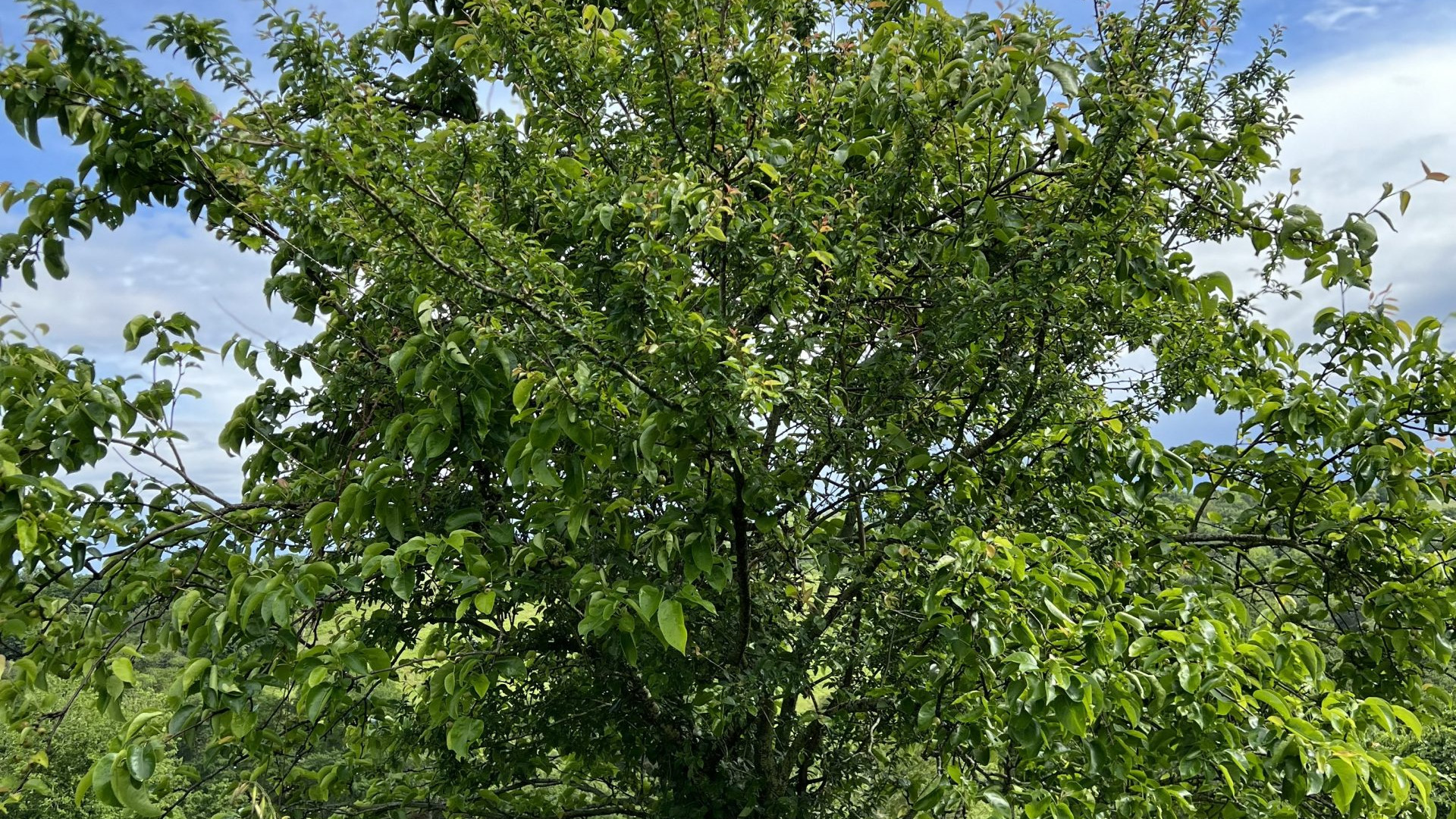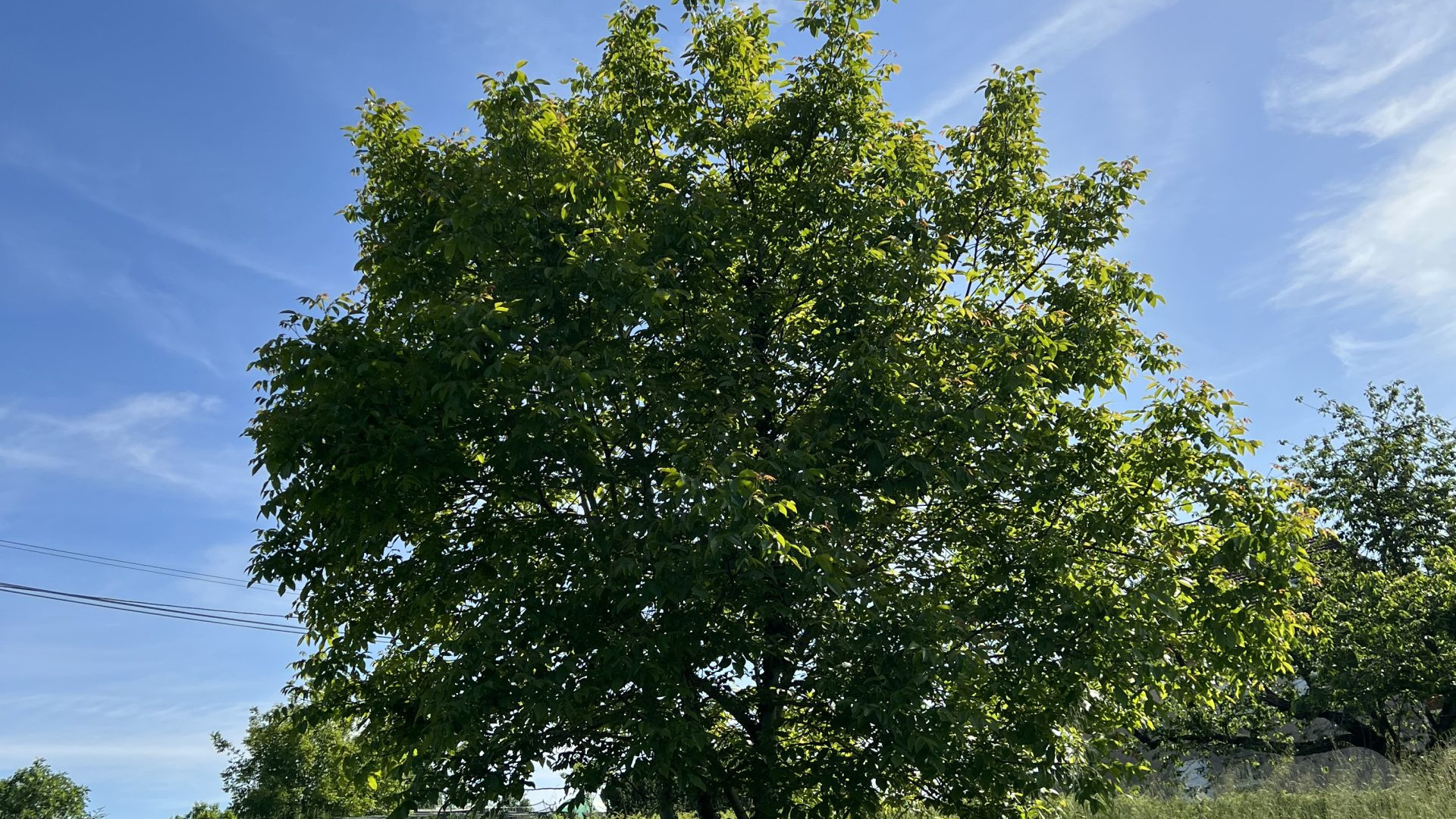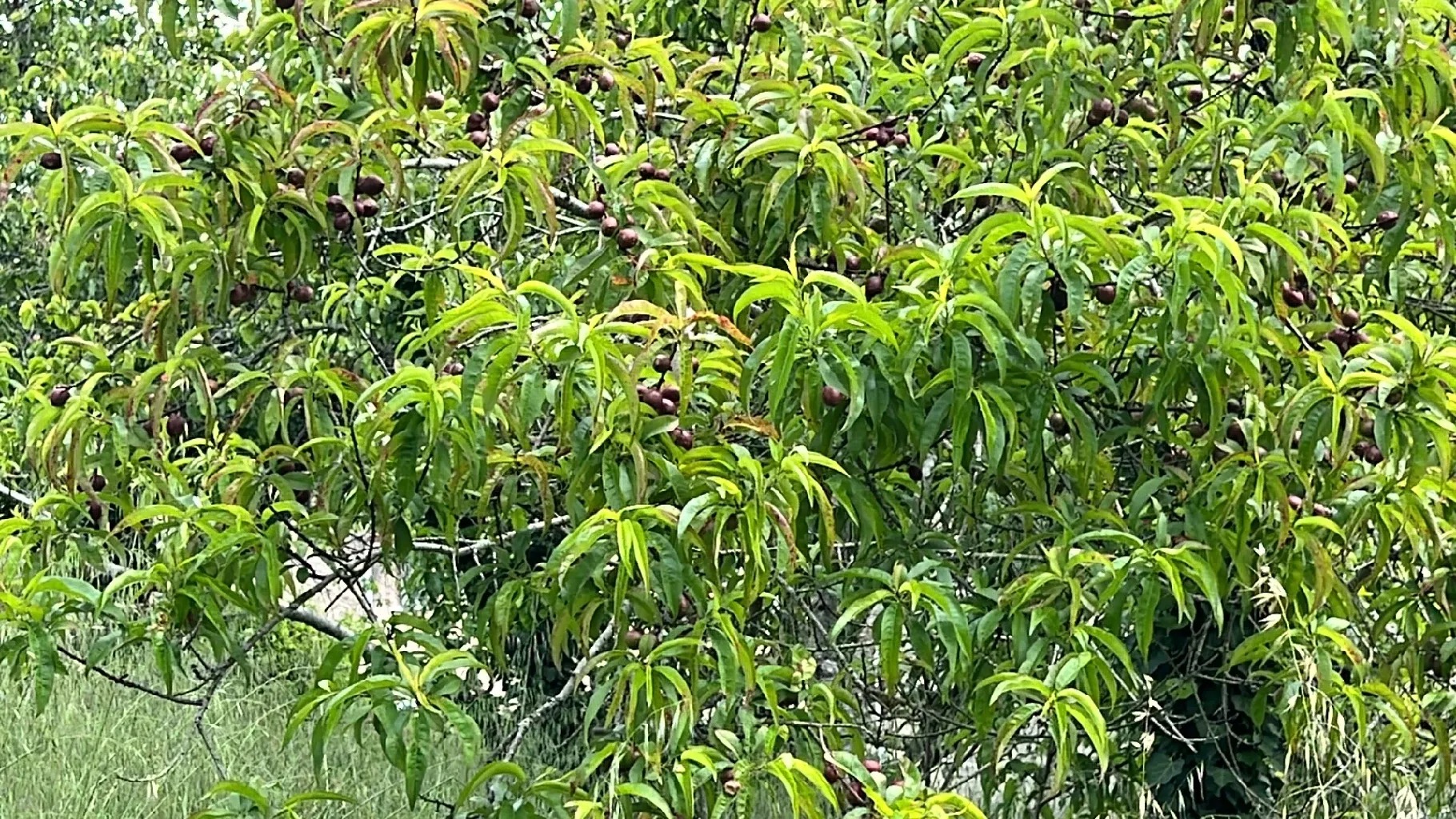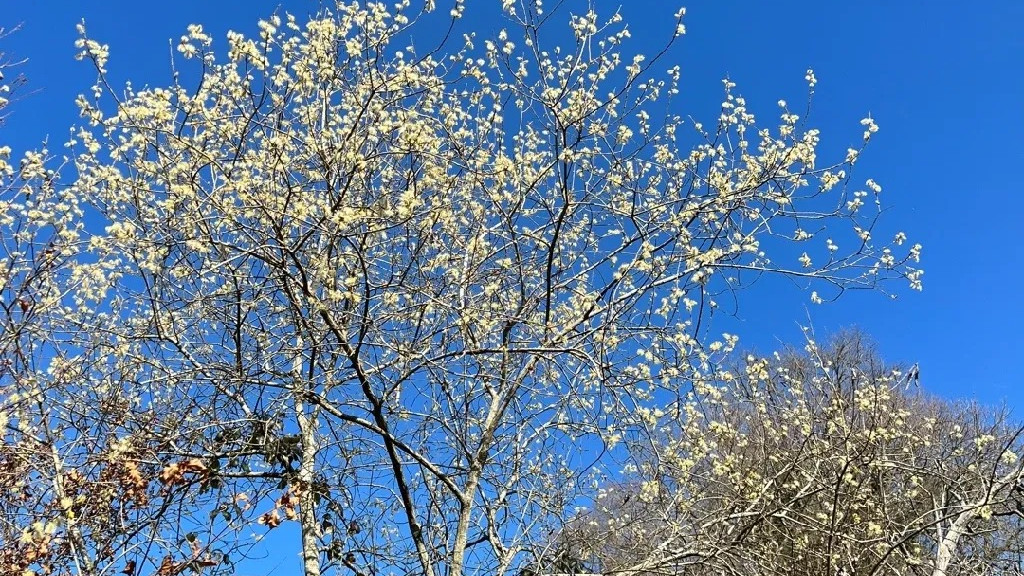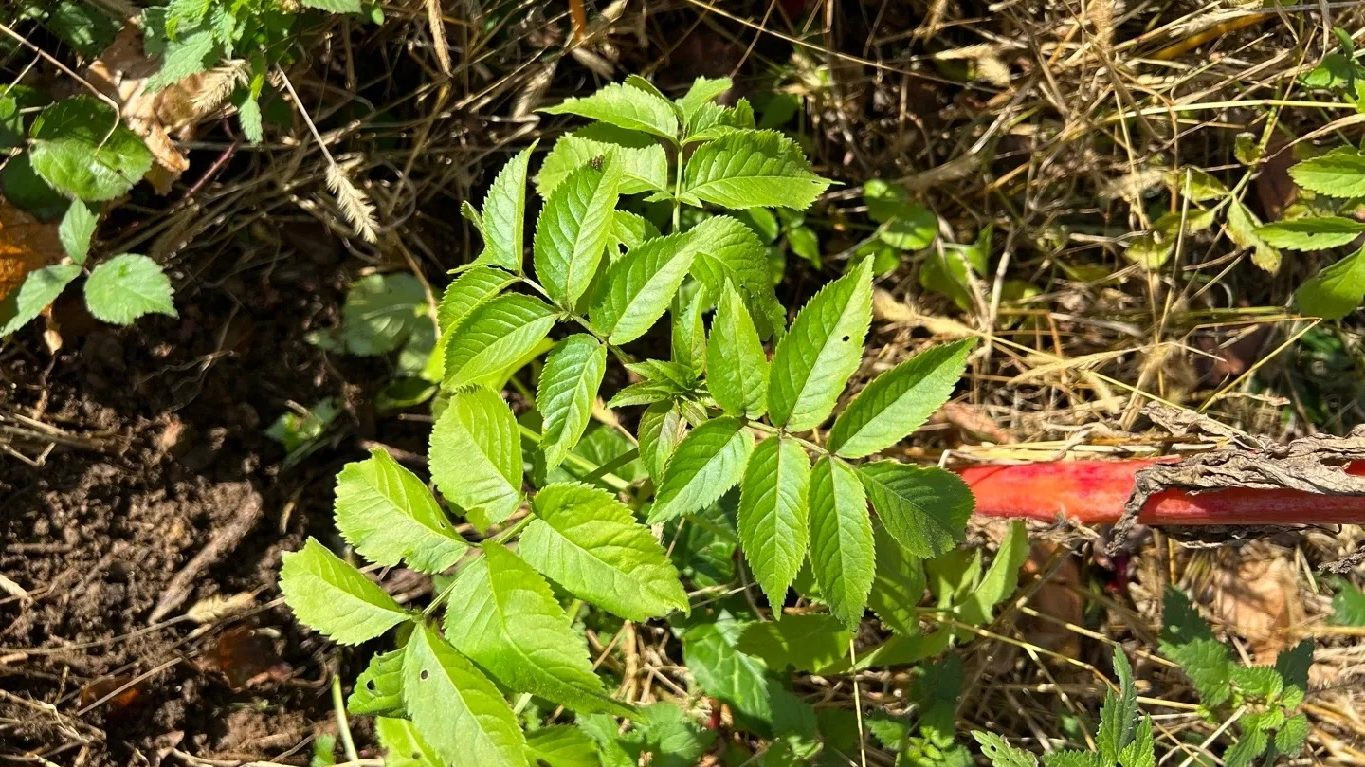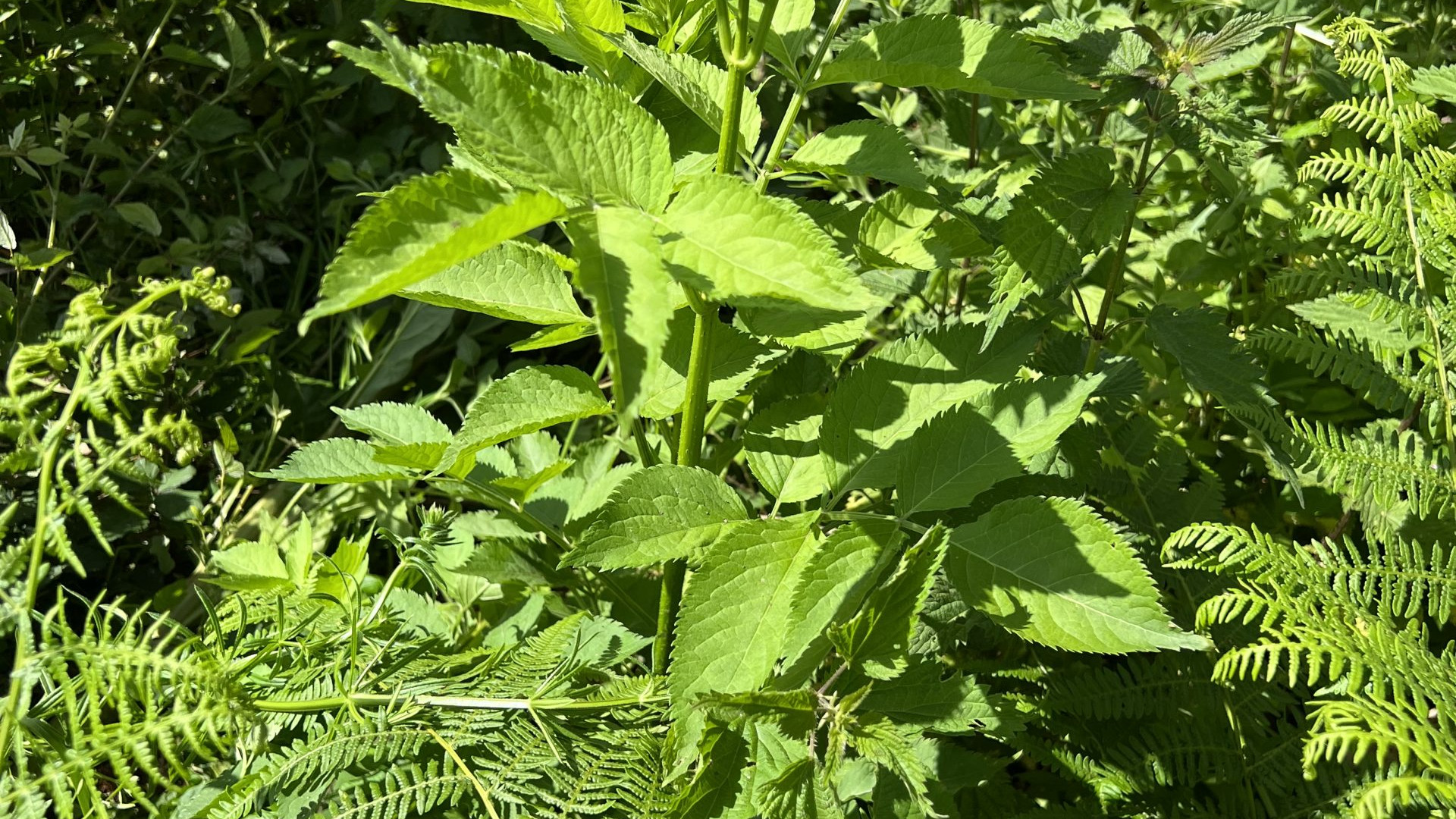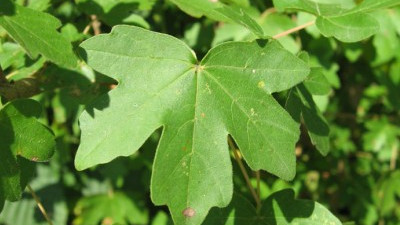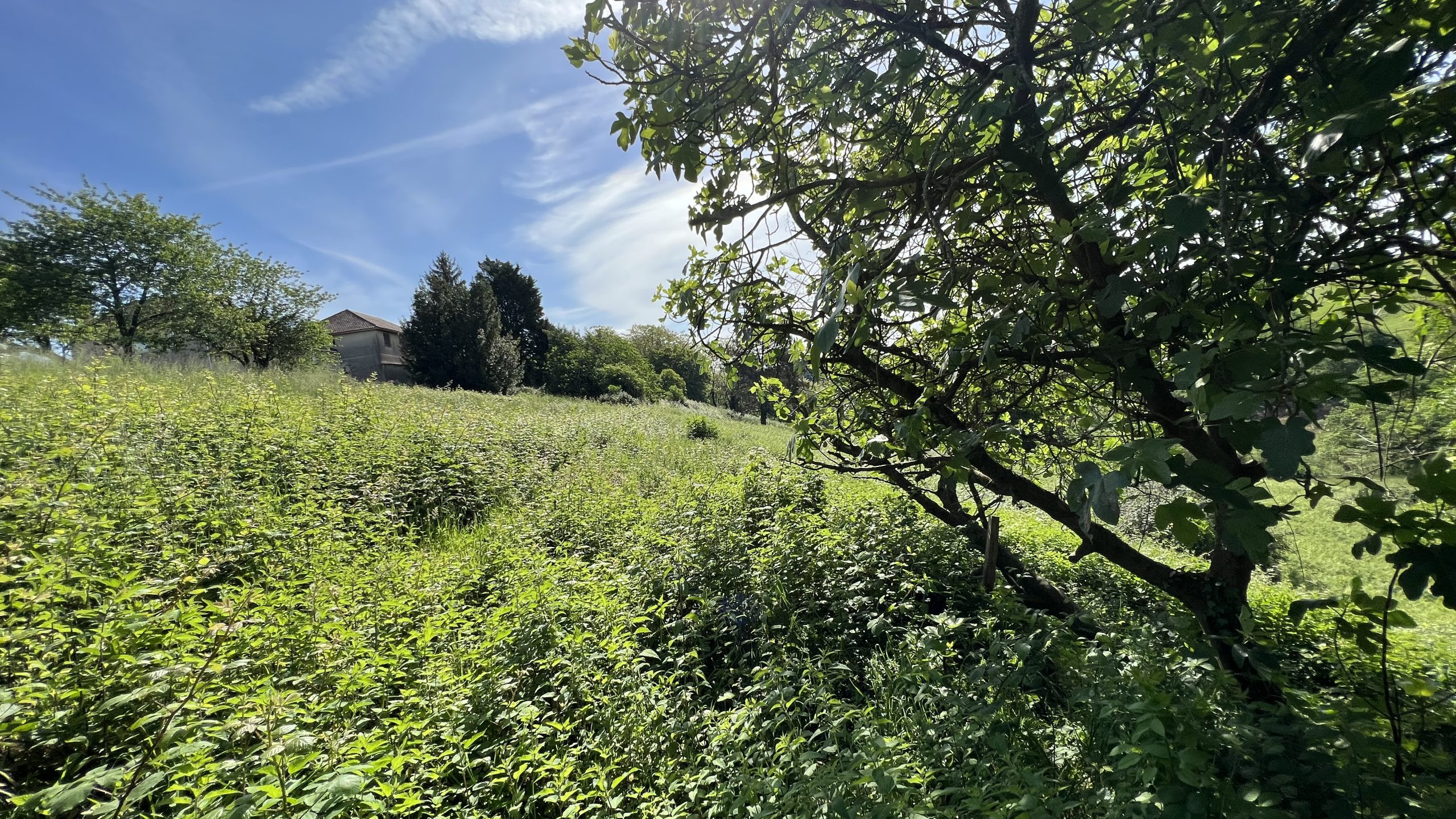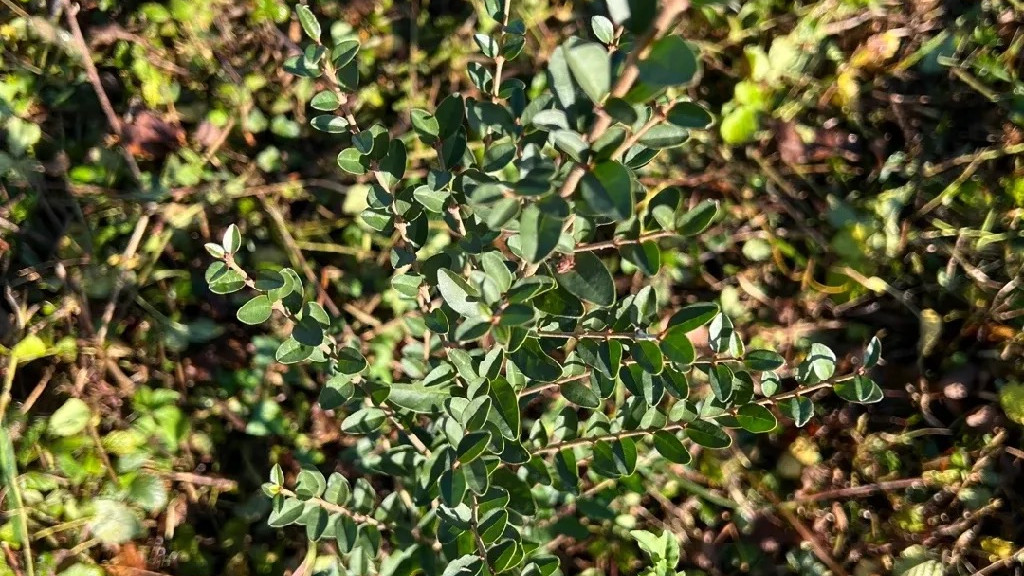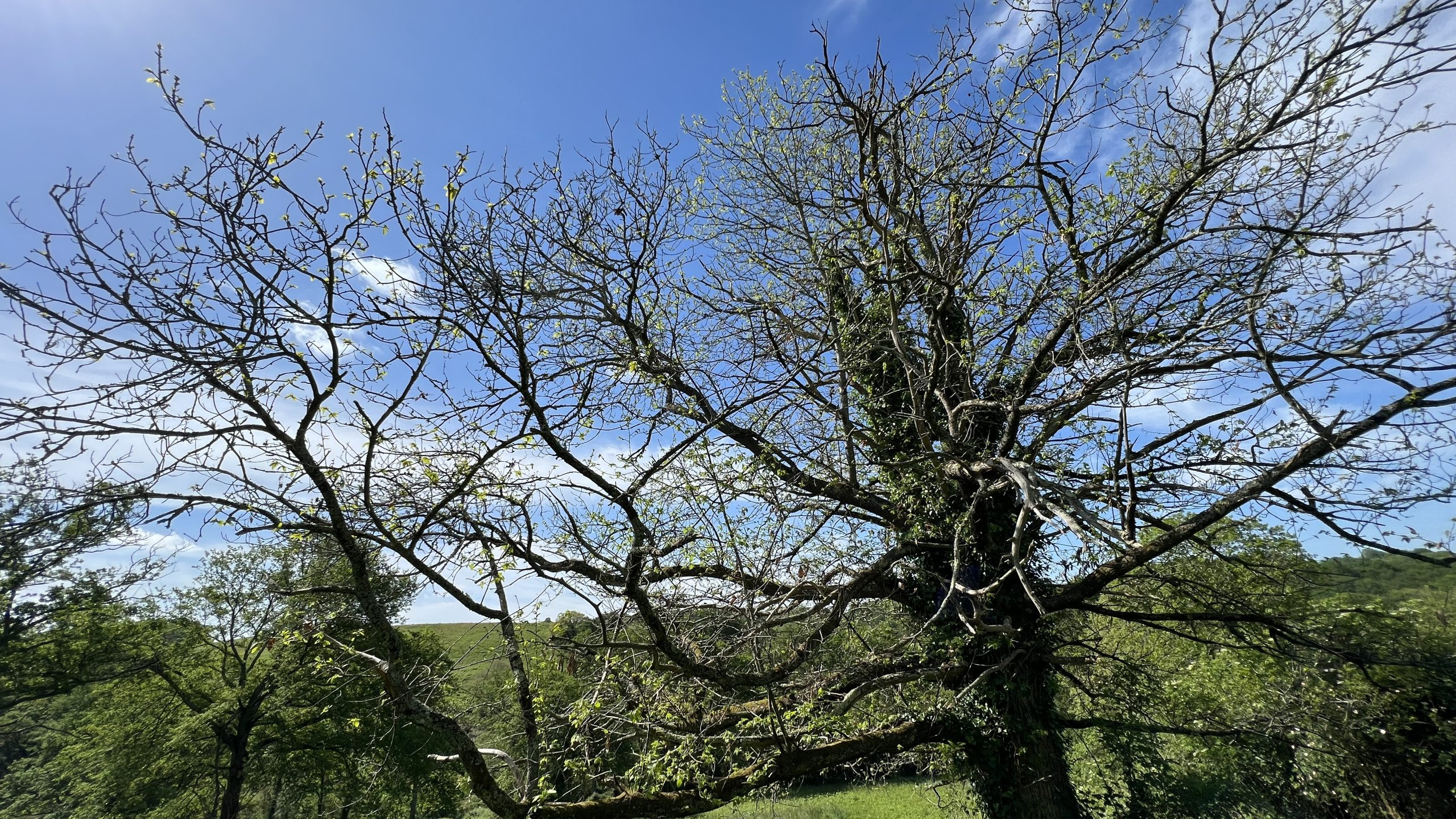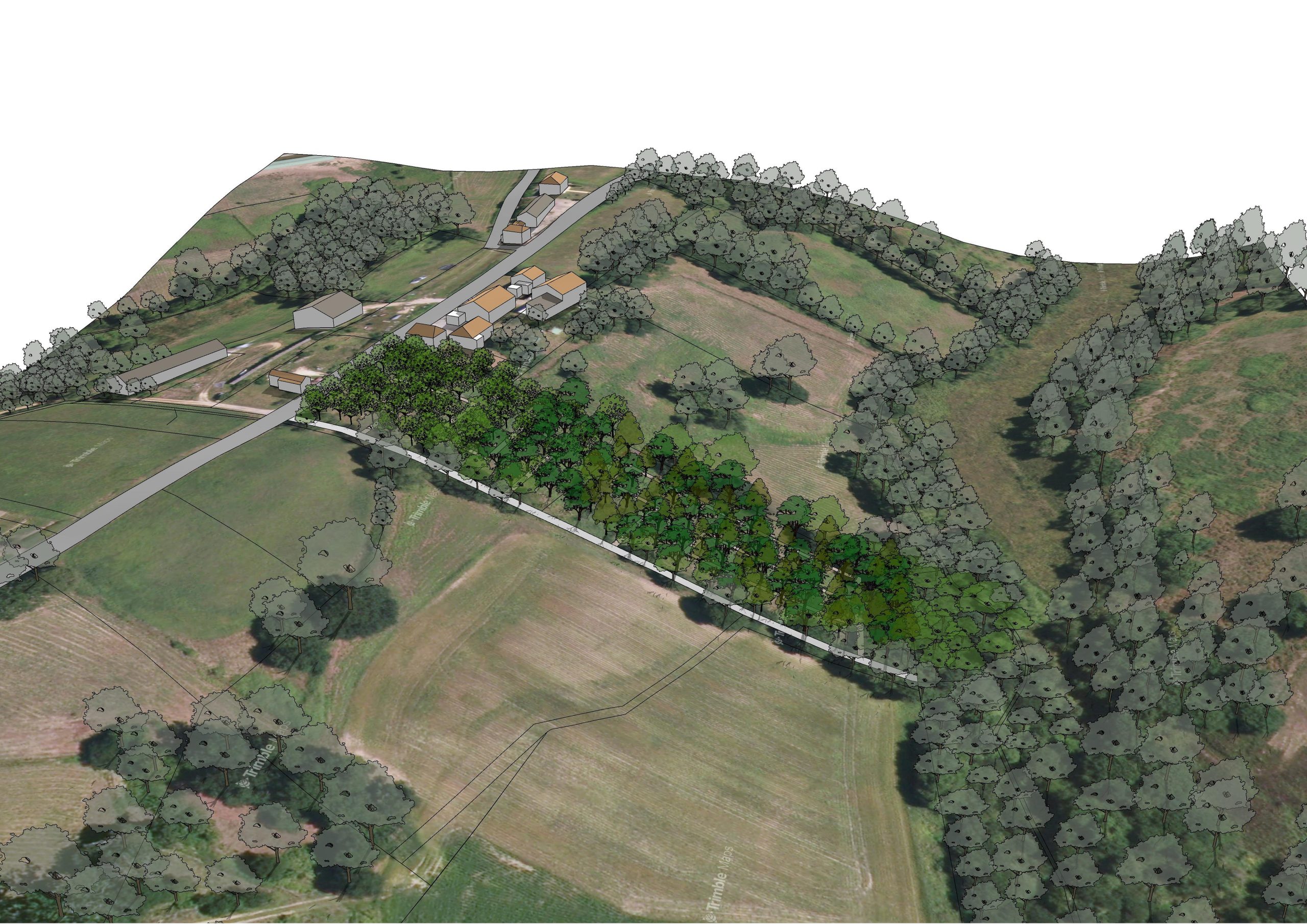Introducing our first forest
Here we present our land, our plantation plans, and our approach to this first forest. We cleaned, cleared the brambles, sowed thousands of seeds and planted hundreds of trees.
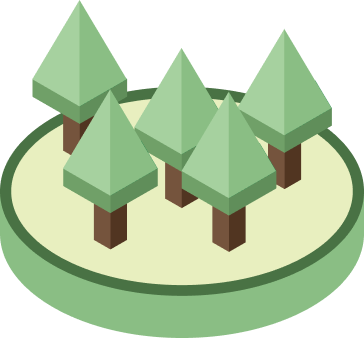
Flora and fauna
This land was previously cultivated, but it has been a while since it has been occupied other than by local fauna. Due to its proximity to a forest, vegetation is already present and the existing trees will be included in our presale.
We have dug the soil to thoroughly examine with the environment, including identifying endangered and important species that are present. This has allowed us to study best practices for preserving the existing biodiversity.
Here is a list of protected species present:
Amphibian — Rana dalmatina
Invertebrate — Oxygastra curtisii
Invertebrate — Coenagrion mercuriale
Invertebrate — Lycaena dispar
Invertebrate — Euphydryas aurinia
Invertebrate — Coenonympha oedippus
Invertebrate — Lucanus cervus
Invertebrate — Osmoderma eremita
Invertebrate — Cerambyx cerdo
Mammal — Mustela lutreola
Mammal — Pipistrellus kuhli
Plant — Erica tetralix
Plant — Calystegia sepium
Reptile — Podarcis muralis
Reptile— Hierophis viridiflavus
Reptile — Zamenis longissimus
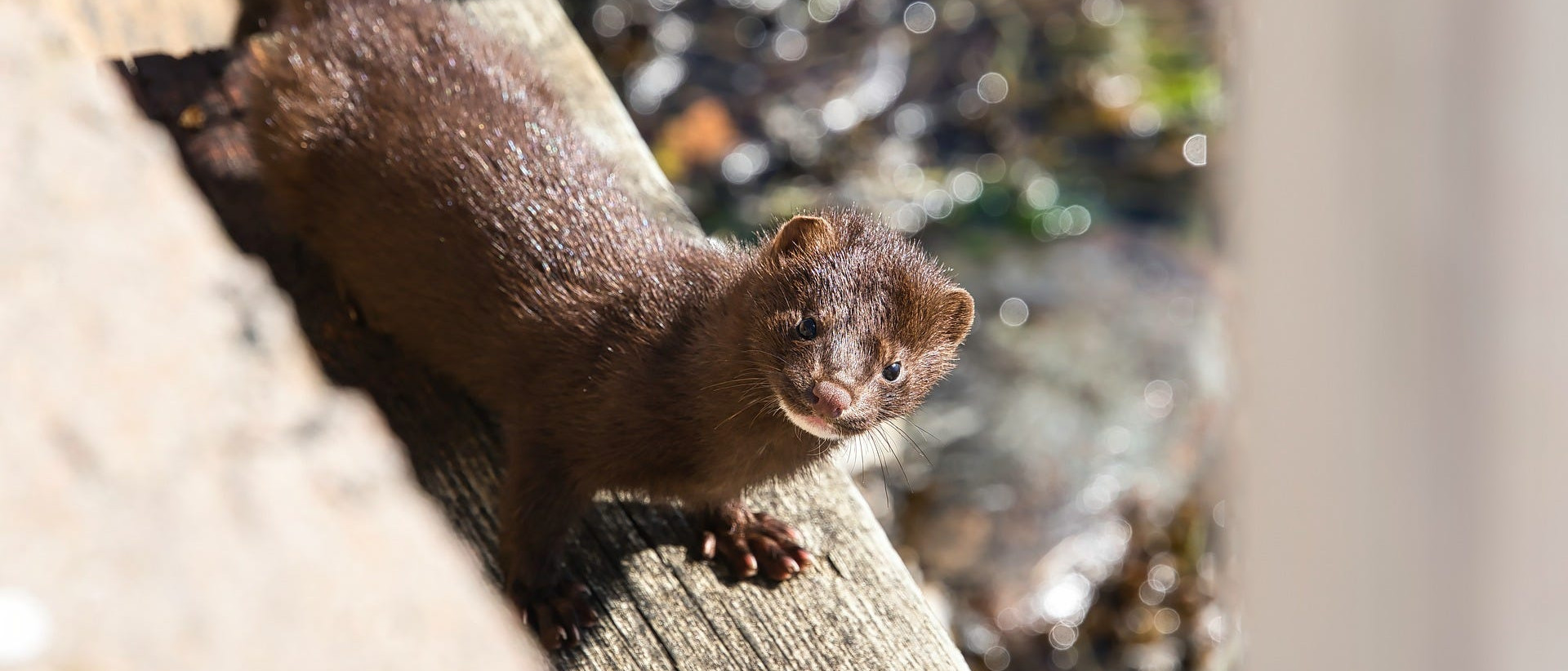
European mink (mustela lutreola)
There are of course many other common species on the land, including a lot of Pteridium aquilinum (eagle fern).
The tree species present on the land:
Plantation plan
In line with our vision of sustainability and environmental protection, we have decided to plant a mix of native species, namely chestnut, oak and beech. All three species are already present on the site in small quantities: one chestnut tree and around thirty oaks and beech trees along the stream.
Our goal is to produce high-quality wood in an ecosystem that promotes biodiversity renewal. It is therefore important for us to continually adapt our plans to the site. To facilitate the monitoring of the evolution of the forest, we have decided to trace a winding path through the plot.
To maintain its natural appearance and its function as a wildlife habitat, we will scatter the plants randomly, keeping a density of about 800 plants per hectare for these hardwoods.
Chestnut, oak and beech are three hardwood species known as “pioneers” because they easily colonise open spaces. They will therefore be able to enjoy all the sunshine necessary for their growth on our plot. Nevertheless, we will favour oaks because chestnuts and beeches tend to gain ground faster. Therefore, we will plant the oaks upstream and wait for them to grow to a shrub stage (between 1 and 7 metres) before introducing the other species.
The presence of different stand compositions on the same land will provide a mosaic landscape that is beneficial both from an economic and environmental perspective due to its flexibility vis-à-vis climatic changes and market fluctuations.
A path in the forest
Before planting a forest, we need to think about different issues: how will we move through it to maintain and monitor the condition of the trees? How will the harvested trees be removed? What can we do to protect against fires?
In terms of planting, we prefer to arrange the trees randomly to favour irregular timberland growth to preserve the environmental and landscape aspects. This way we avoid creating rows of well-aligned trees which do not offer refuge to wildlife. We also want to enjoy monitoring our forests, so why not design a path that is also a nice walk?
A main path will descend down the west side of the land to the existing forest in the south, and will serve as the main artery to access and maintain the trees. Other paths will fork from this one and provide access to all the trees. These paths will also serve as a natural firebreak to slow down the spread of a fire.
Three zones
Our land will be separated into three zones.
The first anthropised zone will be reserved exclusively for chestnut trees. This zone serves several purposes, both for Orne and for the surrounding biodiversity:
– There is already a chestnut tree on this part of the land and it is a tree that has a strong local presence. Chestnut forests were more widespread in the 17th century but have been replaced by other species. This is an opportunity for us to recreate an environment that is disappearing and to learn important lessons from it.
– It also allows the creation of a natural pantry for our new ecosystem. If we leave the fruits to wildlife, it will attract insects that will come and feed other microorganisms and fertilise the soil.
– The excess that is not naturally decomposed could be ground up, dried and transformed into pellets.
– This will also allow us to hide our oaks from prying eyes and potential thieves. Photo traps will be strategically placed to protect the forest.
The second zone will contain a mix of oak and chestnut. Chestnut trees are better adapted to human pressure, are easy to access and will provide a fruit harvest every year. We decided to mix these with oaks to create a transition zone between the rural and the natural environments.
We have detected the presence of American pokeweed (Phytolacca americana), which is an invasive and toxic species, in this part of the land. It presents a danger for humans and certain animals, so we will need to eliminate it.
